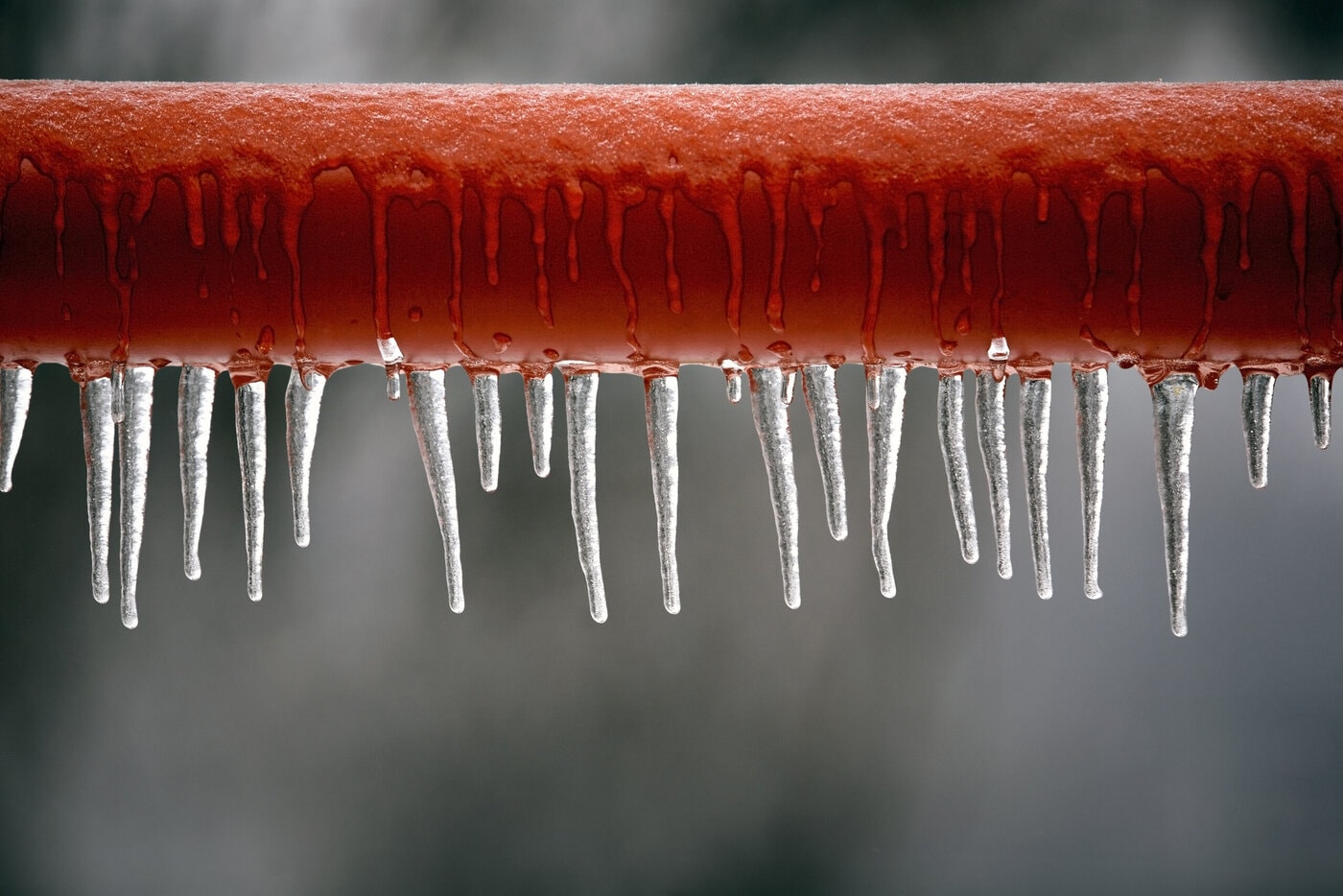Spring Is in the Air: Is the Housing Market Thawing?

Historically, the housing market typically slows to a crawl during the winter months — and this year’s winter season was especially slow. However, the spring home buying season is officially underway, and many are excited that this may mark a major rebound for the real estate industry and home buyers.
The question is, has the housing market really started thawing? Or can buyers expect more sky-high interest rates, along with low supply and stagnation? While no one has a crystal ball, you can get an idea of what lies ahead by analyzing current trends.
Why Is the Housing Market Frozen in the Winter?
Cold fronts might have been what prompted you to crank up the heat, light the fireplace, or throw on an extra-thick coat during the cold months. But that’s not what caused the housing market to freeze. The blame for the slowdown is two-fold.
The biggest contributing factor is perhaps the huge swing in mortgage rates that’s taken place over the last couple of years. In January 2021, the national average for mortgage rates reached an all-time low of 2.65%. They began skyrocketing in January 2022, ultimately peaking in the high 7% range. Current national average mortgage rates are still above 7%.
The other major factor is the shortage of homes. According to some estimates, the United States is short around 3.2 million homes.
This means that there are not enough properties to meet buyer demand. As a result, buyers are fighting for a limited number of homes, which has led to major price increases, bidding wars, and a whole lot of disappointed people.
When interest rates are low and market conditions are favorable, buyers are a bit more willing to bid on properties. But the high interest rates have reduced people’s buying power, which has caused many to hold off on making a purchase.
Signs of a Thawing Market
So how do you know if the spring home-buying season is thawing the frozen market? You look for telltale signs, such as:
Increased Buyer Activity
One of the first indicators of a thawing housing market is a noticeable uptick in buyer activity. As the weather improves, more people are willing to venture out and attend open houses, with the longer daylight hours facilitating viewings.
However, high interest rates remain a barrier. If rates begin to fall, the development may inspire more buyers to resume their property search.
More Home Listings
Spring often inspires homeowners to consider selling, leading to an increase in listings. This seasonal influx can provide a wider selection for buyers and contribute to a more balanced market. When buyers have more options, they won’t feel forced to bid up on sought-after homes.
Fewer Days on the Market
As buyer interest grows, the time homes spend on the market typically decreases. Properties that sat unsold during the colder months may find buyers more quickly, indicating increased competition and a potentially warmer market.
Factors Fueling the Spring Home-Buying Season
This thawing market that spring home-buying season tends to see generally hinges on a few key factors, including:
Interest Rates
High mortgage rates can put a property you love out of reach. On the flip side, when interest rates fall, you’ll enjoy more buying power.
Economic Indicators
Inflation and the cost of goods also influence your decision-making process. If inflation is high and you have a lot of recurring expenses, you may choose to hold off on buying a home.
Seasonal Trends
Spring is typically a popular time for selling homes. This means that you’ll have more options when searching for a property.
Is Spring the Right Time to Buy?
If you are considering buying a home, early spring may be the ideal time to do so, as you’ll face less competition and will likely have more options. By staying informed and agile, you can make the most of this season and take important steps toward landing your dream home.


